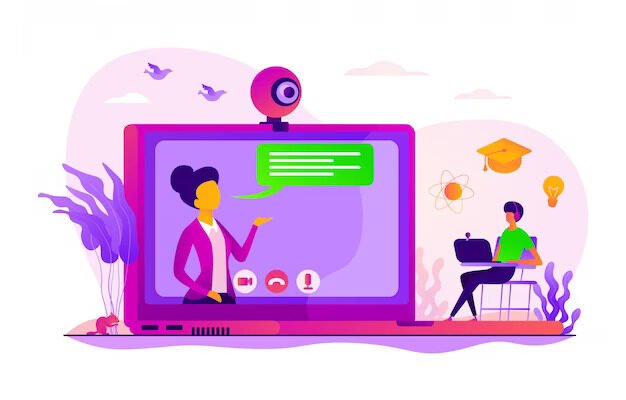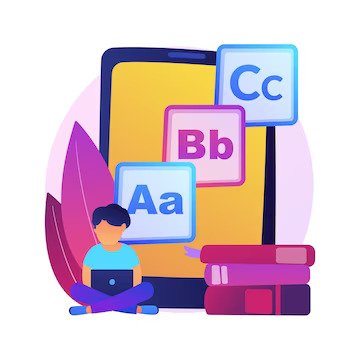Teaching English – Beginner Level

English is a significant language that is now used to communicate and unite people from various cultures, backgrounds, and geographical locations.
Learn the importance of English in today’s world from here
Contents
Teaching English at the beginner level can be a rewarding experience, but it requires patience, creativity, and a strong understanding of the fundamentals of the English language. Here are some tips to help you get started:

Start with the basics:
When teaching beginners, it’s important to start with the fundamentals, such as the alphabet, numbers, basic vocabulary, and sentence structure. Keep your lessons simple and easy to understand, and avoid overwhelming your students with too much information at once.

Use visual aids:
Beginners often benefit from visual aids, such as pictures, diagrams, and videos, to help them understand new concepts. Use props and gestures to help students associate new vocabulary with their meanings.
What are visual aids?
Any tools or materials that help to enhance or illustrate a presentation or lesson are considered visual aids. Visual aids can aid in the reinforcement of learning and the retention of concepts.
Here are some examples of common visual aids:
| Visual Aid | Description |
|---|---|
| Whiteboard/Blackboard | A writing surface that allows the teacher/presenter to write and draw illustrations and diagrams in real-time |
| Flipchart | A large pad of paper mounted on a stand that can be used to write or draw diagrams |
| Projector | A device that can project images, videos, and slides onto a screen or wall |
| PowerPoint/Keynote slides | Presentation software that can create slides with images, charts, graphs, and text |
| Handouts | Printed materials such as worksheets, diagrams, and handouts that are distributed to the audience |
| Posters | Large prints or graphics that can be used to illustrate concepts or themes |
| Models and Props | Physical objects that can be used to demonstrate concepts, such as a globe or skeleton |
| Video | Clips or full-length videos that can illustrate concepts, provide examples, or introduce new topics |
| Interactive Whiteboards | Electronic whiteboards that can be used to write or draw illustrations, and can also incorporate multimedia and interactive elements |
Also check: How to improve your reading habit?

Encourage interaction:
Make sure to give your students plenty of opportunities to practice speaking and interacting with each other. Encourage them to ask questions, share their ideas, and participate in group activities.
Strategies for Encouraging Interaction with Students in the Classroom
Encouragement of student interaction is an important aspect of effective teaching because it helps to create an engaging and dynamic learning environment.
Here are some strategies for encouraging student interaction:
Ask open-ended questions
Students are encouraged to think critically and express their opinions when open-ended questions are asked. It also promotes discussion and debate. “What do you think about this topic?” “Can you give an example of…?” And “How would you approach this problem?” are some examples of open-ended questions.
Use group activities
Group activities encourage student collaboration and active participation. Brainstorming sessions, role-playing exercises, and group presentations are examples of group activities.
Use pair work
Pairwork allows students to interact more closely with one another. Peer editing, think-pair-share exercises, and debate partners are all examples of pair work.
Use technology
Technology can help students interact in a variety of ways. Online discussion forums or chat rooms, for example, can encourage students to interact with one another, whereas interactive whiteboards allow students to share and collaborate on work in real-time.
Encourage participation
Encouragement of participation can aid in the creation of a positive and inclusive learning environment. This can be accomplished by recognizing and appreciating each student’s contributions, providing positive feedback, and creating a safe space for students to share their thoughts and ideas.
Use real-life scenarios
Using real-life scenarios can help students become more engaged and interact. Using case studies or scenarios based on current events or personal experiences, for example, can help students connect with the material and spark discussion.
Be approachable
Being approachable and open to questions and ideas from students can foster interaction. This can be accomplished by establishing a relaxed and informal atmosphere in the classroom, being responsive to student’s needs and concerns, and demonstrating an interest in their progress and achievements.

Provide feedback:
Give your students feedback on their progress, both positive and constructive. This will help them feel more confident and motivated to continue learning.

Keep it fun:
Learning a new language can be challenging, so make sure to keep your lessons engaging and enjoyable. Use games, songs, and other activities to help students stay motivated and interested in learning.
Remember, teaching beginners requires a lot of patience and dedication, but it can also be incredibly rewarding. With the right approach and a positive attitude, you can help your students achieve their language learning goals.
Check here for Advanced Level






